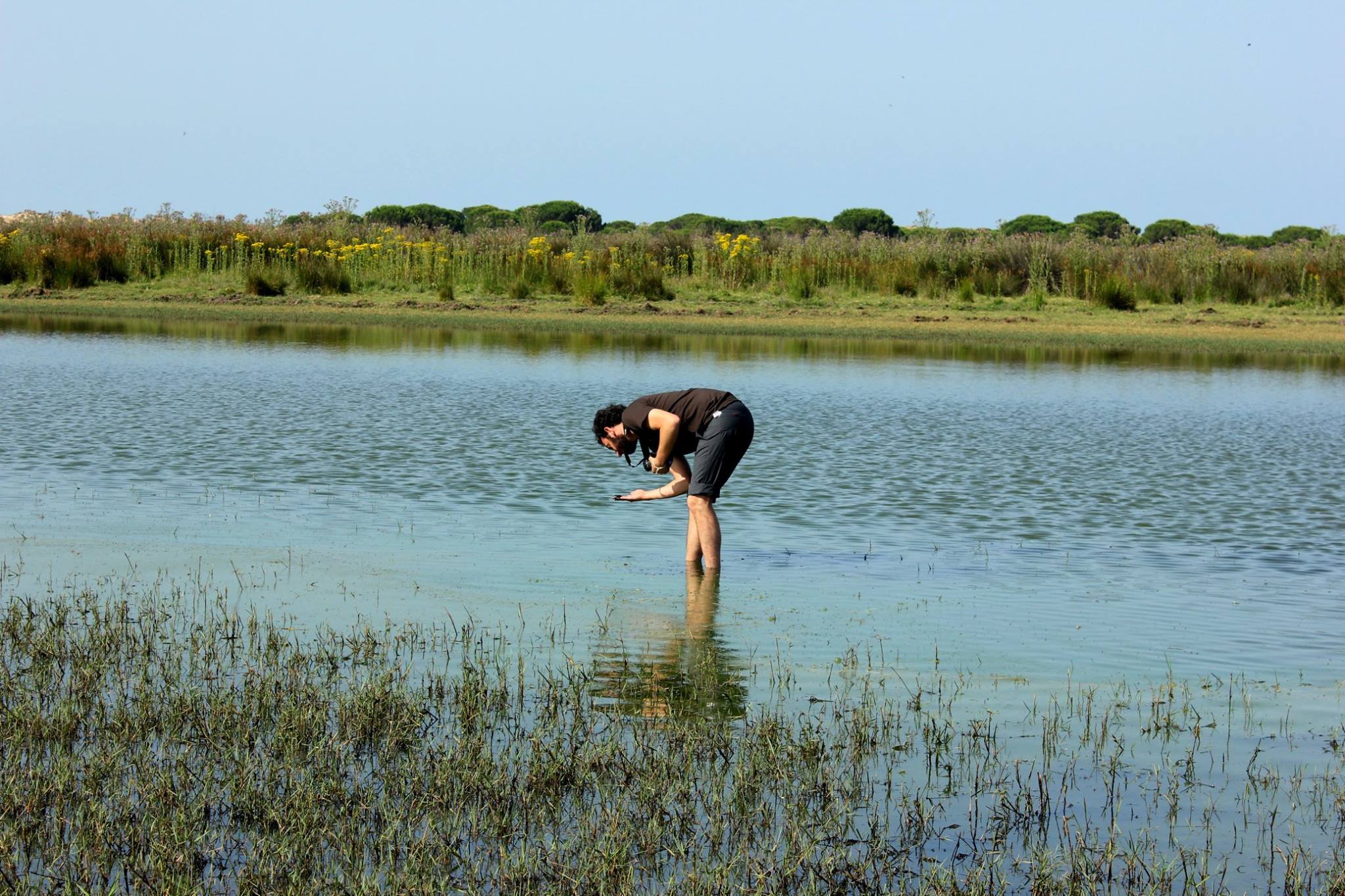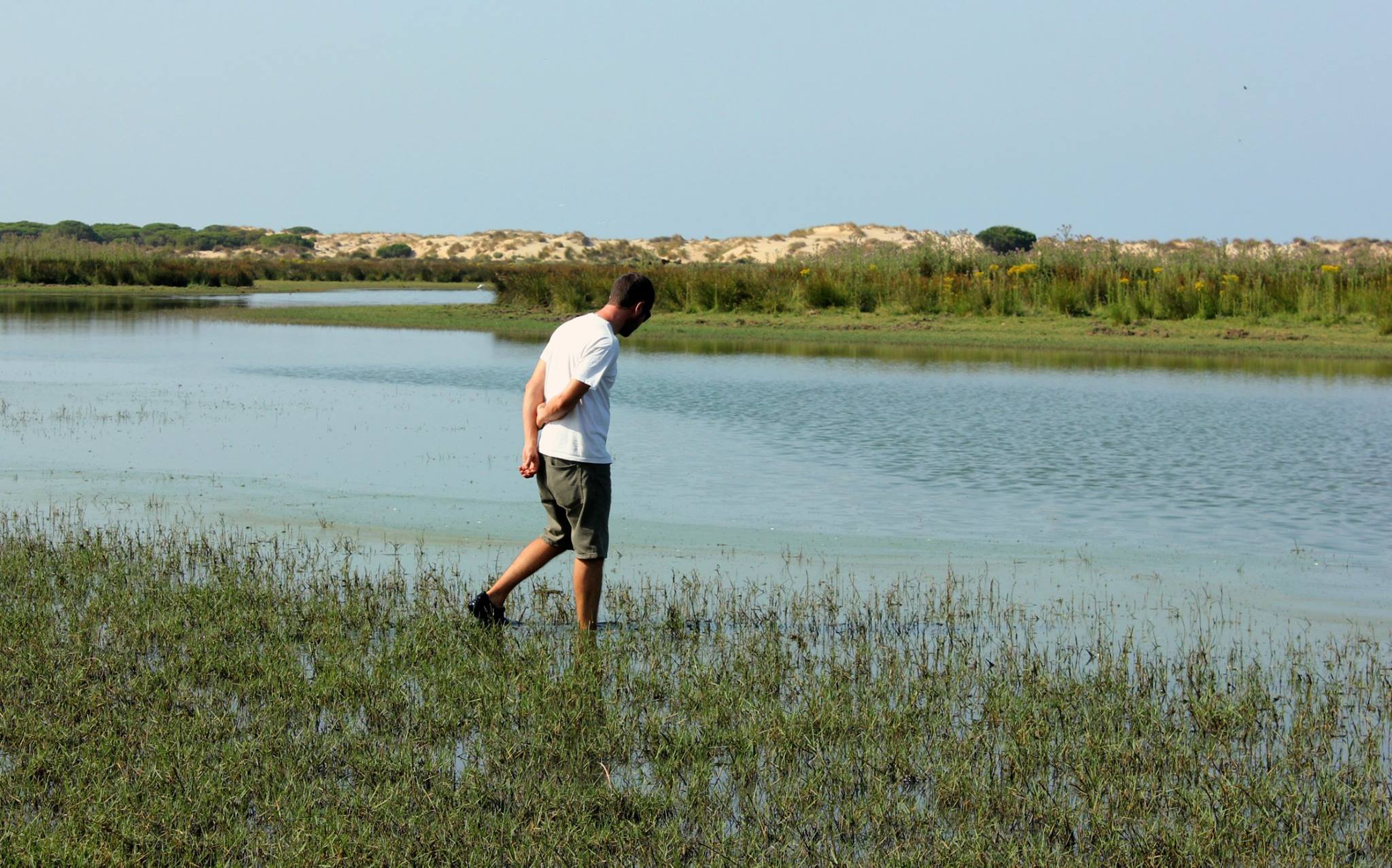Course on “Climate change and coastal wetlands: the role of greenhouse gases’ atmospheric exchanges and the impacts on ecosystem services provided by the aformentioned environments”
Climate change and Coastal Wetlands
From 5th to 8th of July a course was given at the International University Menéndez Pelayo (UIMP) of Seville, where teachers from different fields gave lessons to the students.
The objectives of the course focused on extending the knowledge on coastal wetlands, as they represent one of the most vulnerable ecosystems affected by climate change.
Ironically, they do have an outstanding role in mitigating global warming.
They constitute areas with a high predisposition to incorporating and capturing carbon permanently, contributing therefore to the retreat of CO2 from the atmosphere.
The course included comments on future scenarios linked to global change, among which droughts, temperature rises and an increase in the concentration of greenhouse gases; the latter would alter the biogeochemical cycles of these ecosystems, other than the trophic transfers between the biotic components that they shelter.
Another section of the course focused on the ecosystem services that wetlands offer, such as: natural source of water, aquiferous recharges, natural breeding-places of fish and reservoirs of biological and cultural diversity, plus other irreplaceable functions.
Therefore, knowing the vulnerabilities of these ecosystems and the future impacts on them is fundamental to preserve their essential functions.
This is important from a socioeconomic point of view as well, as the development, planification and management of sectors like tourism and agriculture often relies on the possibility of adjusting to these aquatic systems, especially now that they are threatened by climate change.
This course also aimed to present the role of coastal wetlands as GHGs sinks in general, using Doñana’s Natural Park as a case study as well.
In conclusion, a multidisciplinary vision was contributed to the students in order to evaluate the conditions of these ecosystems and anticipate their future evolution depending on different scenarios.













